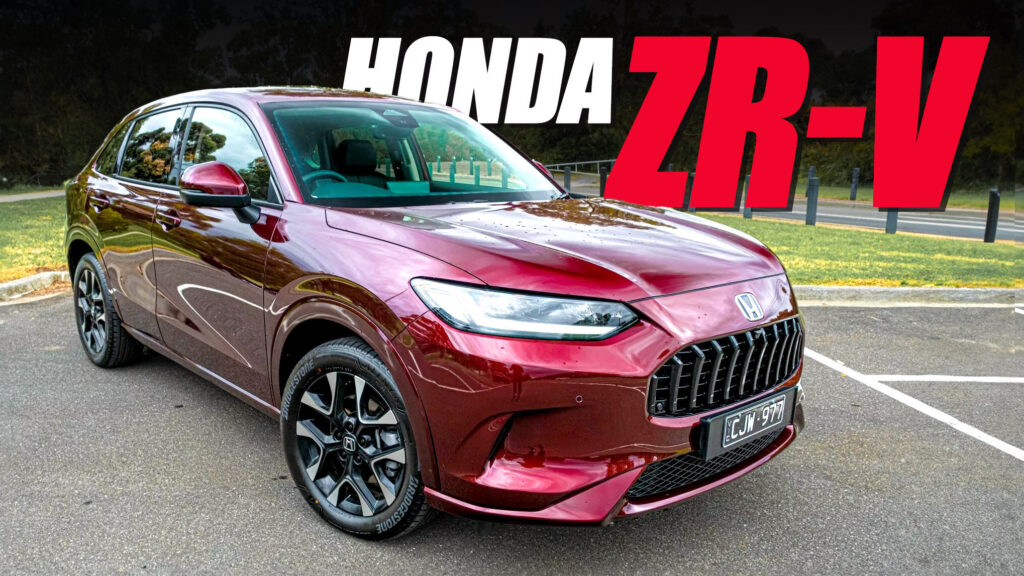
The flagship e:HEV LX variant of the ZR-V is powered by a 2.0-liter four-cylinder engine and two electric motors
2 hours ago
Last year, Honda released the ZR-V in Australia and while that may not sound like a big deal, it actually was. In fact, the ZR-V is Honda’s first brand-new model line launched locally in the past two decades. Slotting between the smaller HR-V and the larger CR-V, it goes head-to-head with the Toyota RAV4.
But let’s start with the basics. For North American readers who might be puzzled by the ZR-V, Honda has adopted a multifaceted approach in the subcompact SUV segment. It offers two models in overseas markets, including Europe, Japan and Australia: the ZR-V, seen here and sold in America and Canada as the HR-V albeit without a hybrid option, and the international market HR-V, which is a distinct model. In Japan, the latter is known as the Vezel.
First Drive: The 2022 Honda HR-V e:HEV Is A Premium-Looking But Pricey Small SUV
With that out of the way and eager to see what Australia’s new ZR-V is like to live with, we jumped behind the wheel of one for a week earlier this month. We tested the small SUV in its flagship e:HEV LX guise, a hybrid variant priced from AU$54,900 (~$35,700).
Quick Facts
The local line-up for the ZR-V is quite simple. It consists of the entry-level VTi X priced at AU$39,500 (~$25,700), the VTi L available from AU$42,500 (~$27,600), the AU$48,500 (~$31,500) VTi LX, and the e-HEV LX that we tested. With the exception of the hybrid, all ZR-V models are sold exclusively with a 1.5-liter turbocharged four-cylinder producing 131 kW (176 hp) at 6,000 rpm and 240 Nm (177 lb-ft) of torque between 1,700 rpm and 4,500 rpm.
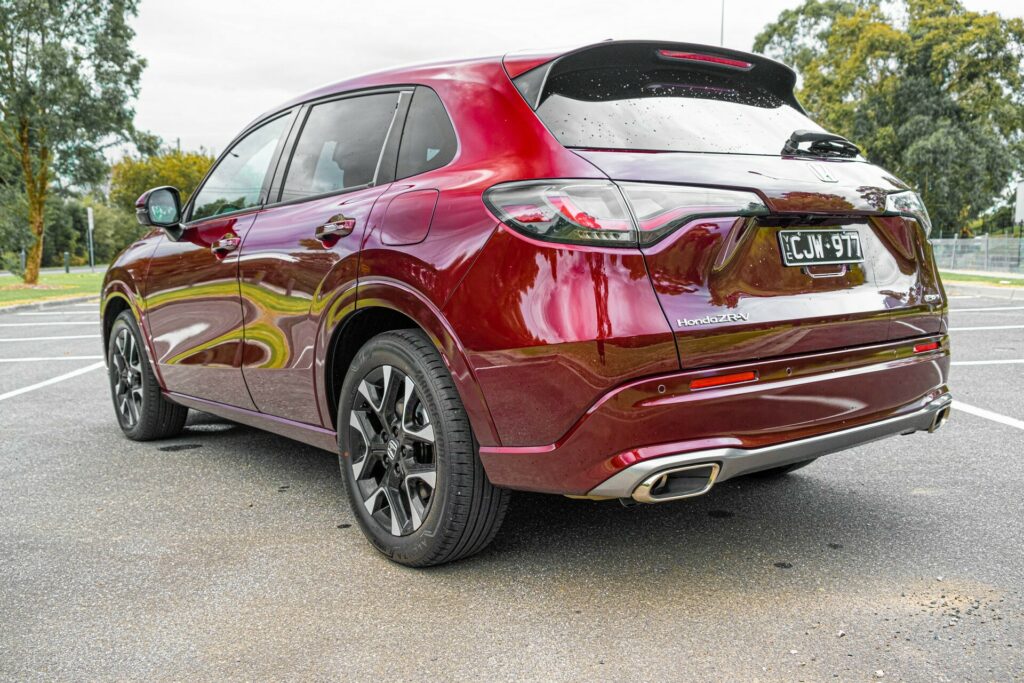
Then there’s the e:HEV LX. It ditches the 1.5-liter engine in favor of a naturally-aspirated 2.0-liter four-cylinder joined by two small electric motors and a CVT. It produces 135 kW (181 hp) and 315 Nm (232 lb-ft) while sending all the power through the front wheels. All-wheel drive would have been nice but alas, it is not available. As a quick reminder, in the States, the HR-V is exclusively offered with a 2.0-liter naturally aspirated inline-four engine rated at 158 hp, available in both front- and all-wheel-drive variants.
Those who want to pick up the keys to a new ZR-V e:HEV LX can have it painted in either Premium Crystal Garnet, Premium Crystal Blue, Platinum Grey, Platinum White, and Crystal Black, with our test car bathed in Premium Crystal Garnet, a deep shade of burgundy that looks better in the flesh than it does in photos.
First Drive: 2025 Toyota Camry Hybrid Distills Its Strengths Into A More Attractive Package
We’re quite fond of Honda’s current design philosophy. A few years ago, most of Honda’s range looked too edgy and a little too unusual. The second-generation HR-V, fifth-generation CR-V, and 10th generation Civic are all perfect examples. However, Honda has got its mojo back with the latest iterations of these three models, opting for slightly more refined and less abstruse styling. The ZR-V is no different.
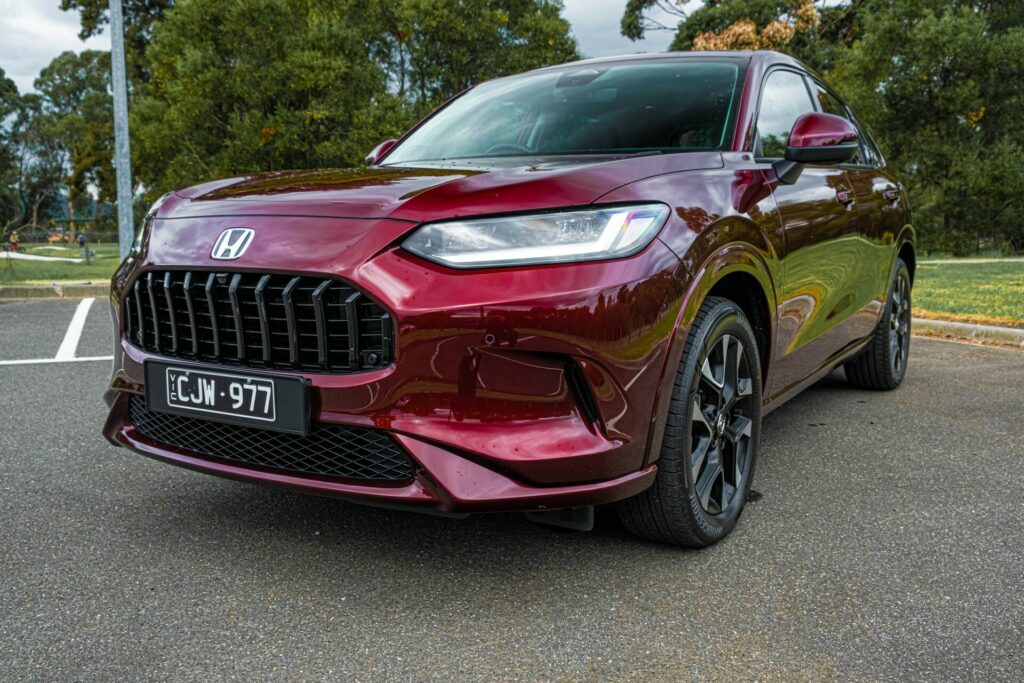
From some angles, it looks like a Civic that’s taken growth hormones. This makes sense given the two share the same platform. The front end is characterized by a sleek black grille and attractive headlights with LED daytime running lights. Denoting the e:HEV LX as a hybrid is the subtle blue ring around the Honda badge up front. The SUV’s lines are soft and the bodywork has just the right number of curves.
A modern cabin.
The interior of the ZR-V is a highlight. Like the 11th-gen Civic, it feels modern while still retaining plenty of physical buttons, switches, and knobs, not something that can be said of many other new cars currently on the market.
Found in the center of the dash is a large 9.0-inch infotainment display that supports Apple CarPlay and Android Auto. While Honda’s current operating system isn’t the best, nor is it the most modern, it is easy to understand and laid out brilliantly. Regardless of whether buyers are familiar with other Honda products or not, the system is intuitive.
Photos Brad Anderson / Carscoops
The ZR-V is also equipped with a large 10.2-inch digital instrument cluster. It doesn’t offer much scope for personalization but at least it’s clear. Another highlight is the honeycomb grille used in the air vents.
Elsewhere, the cabin is clad in plush black leather, including the seats and steering wheel. The addition of a wireless smartphone charger is a welcome inclusion while the floating design of the center console looks good and gives you a nice place to store your phone if connected to either the USB-A or the USB-C port. Individual buttons are used to select the gears. We also applaud Honda for not bathing the cabin in piano-black plastic.
The seating position up front is good and there is plenty of headroom. It is a similar story in the second row with the two outboard seats offering lots of room. The center seat is small but it’s like that in most cars. Two USB-C ports are found in the rear. With the second row in position, the ZR-V provides 370 liters (13 cubic-feet) of cargo space. That’s quite small and significantly less than the 542 liters (19.1 cubic-feet) of the RAV4.
An efficient and refined powertrain.
Having not experienced a modern hybrid powertrain from Honda before driving the ZR-V, I wasn’t sure what to expect. I was pleasantly surprised to find the ZR-V e:HEV LX’s system a superb all-rounder.
At startup and at low speeds, the SUV primarily operates on electric power and only fires up the 2.0-liter engine when needed and at speeds of around 40 km/h (24.8 mph) or higher. Plenty of other hybrid cars out there operate like this but the ZR-V’s system is one of the smoothest we’ve experienced. Indeed, I often had to glance down at the gauge cluster to see whether or not the engine was on, as it operates so quietly.
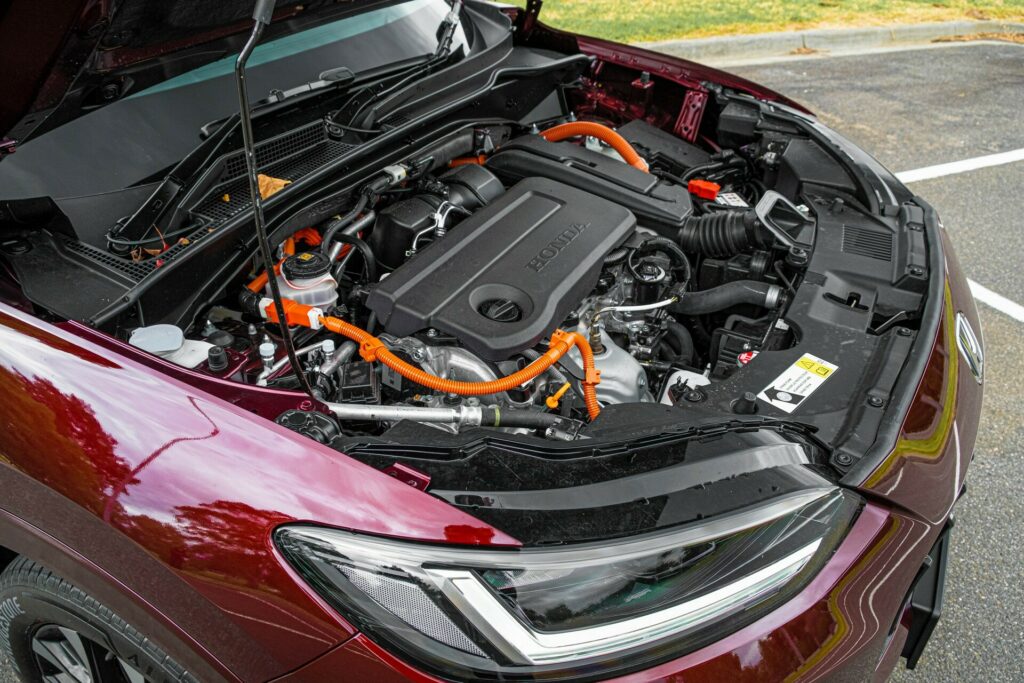
For many driving enthusiasts, CVTs are unholy. In the case of the ZR-V, it feels nice and ensures that the SUV remains smooth to drive, regardless of the speed. Honda has even fitted a pair of paddle shifters but we rarely used them, preferring to let the system do the work for us.
The ZR-V isn’t fast but it isn’t slow either. The instant power and torque provided by the two electric motors mean it feels quicker off the line than it is. These motors also aid in overtaking, ensuring you can get up to speed quickly and without feeling like you need to rev the hell out of the engine. Even when you do step on the gas, the engine isn’t obnoxiously loud. This is helped by the fact Honda has equipped the ZR-V with an acoustic windscreen to block out ambient noise.
Fuel efficiency is a key advantage the hybrid has over other ZR-V models. Honda says it can sip just 5.0 l/100 km (47 U.S. MPG) over the combined cycle. We averaged 5.6 l/100 km (42 U.S. MPG) during our time with it.
Review: Europe’s New VW Tiguan Thinks It’s Wolfsburg’s BMW X1
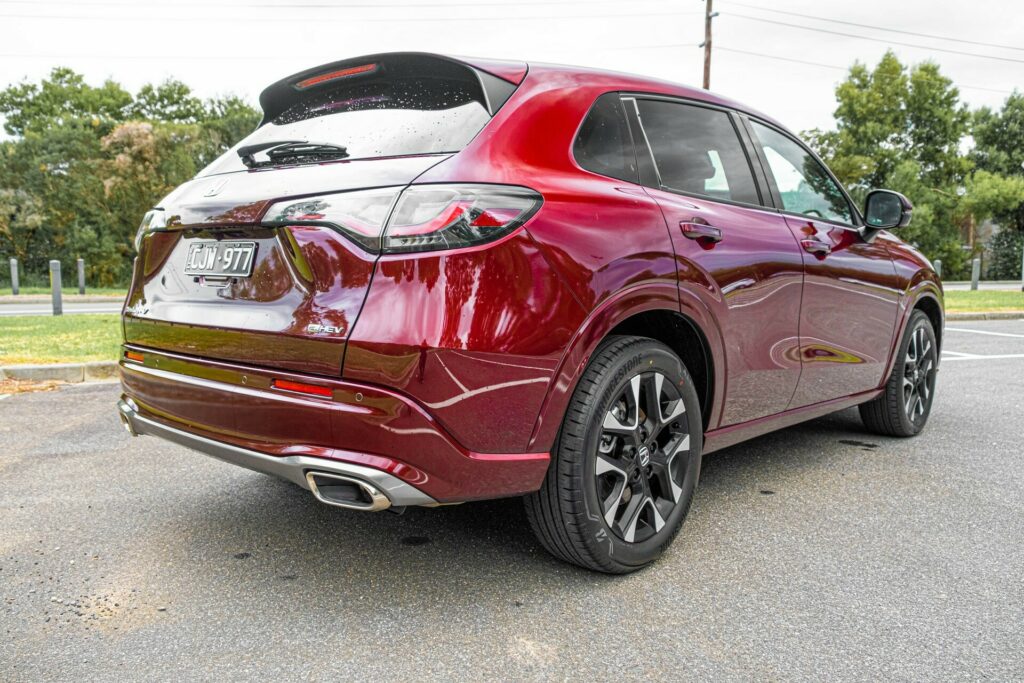
Not everything is perfect. The electric motors have a habit of overpowering the front wheels in wet conditions, even with the traction and stability control systems turned on. As such, you have to be careful with how much you depress the accelerator or you’ll start spinning up the wheels every time you set off in the rain. It was in situations like this where we would have liked to see all-wheel drive as an option.
Honda’s engineers have also done a fine job on the handling and comfort fronts. The ZR-V remains impeccably smooth over bumps at both low and high speeds. Should you drive it more aggressively, it thrives in this environment too, remaining poised and planted.
The Honda Sensing suite of driver-assistance functions comes standard on the ZR-V e:HEV LX. It includes lane keeping assist, lane departure warning, forward collision warning, collision mitigation braking system, adaptive cruise control, and traffic sign recognition. The lane keeping assist system worked well but it did have a habit of slowing bouncing between lane markings, rather than keeping us in the center of the lane as it should.
Verdict
Honda has developed quite a compelling option with the ZR-V e:HEV LX. It compares favorably to rivals like the Toyota RAV Hybrid and the larger (and pricier) Nissan X-Trail Ti e-Power, looks the business and is well-equipped. It proves Honda has got its mojo back and is worthy of consideration.
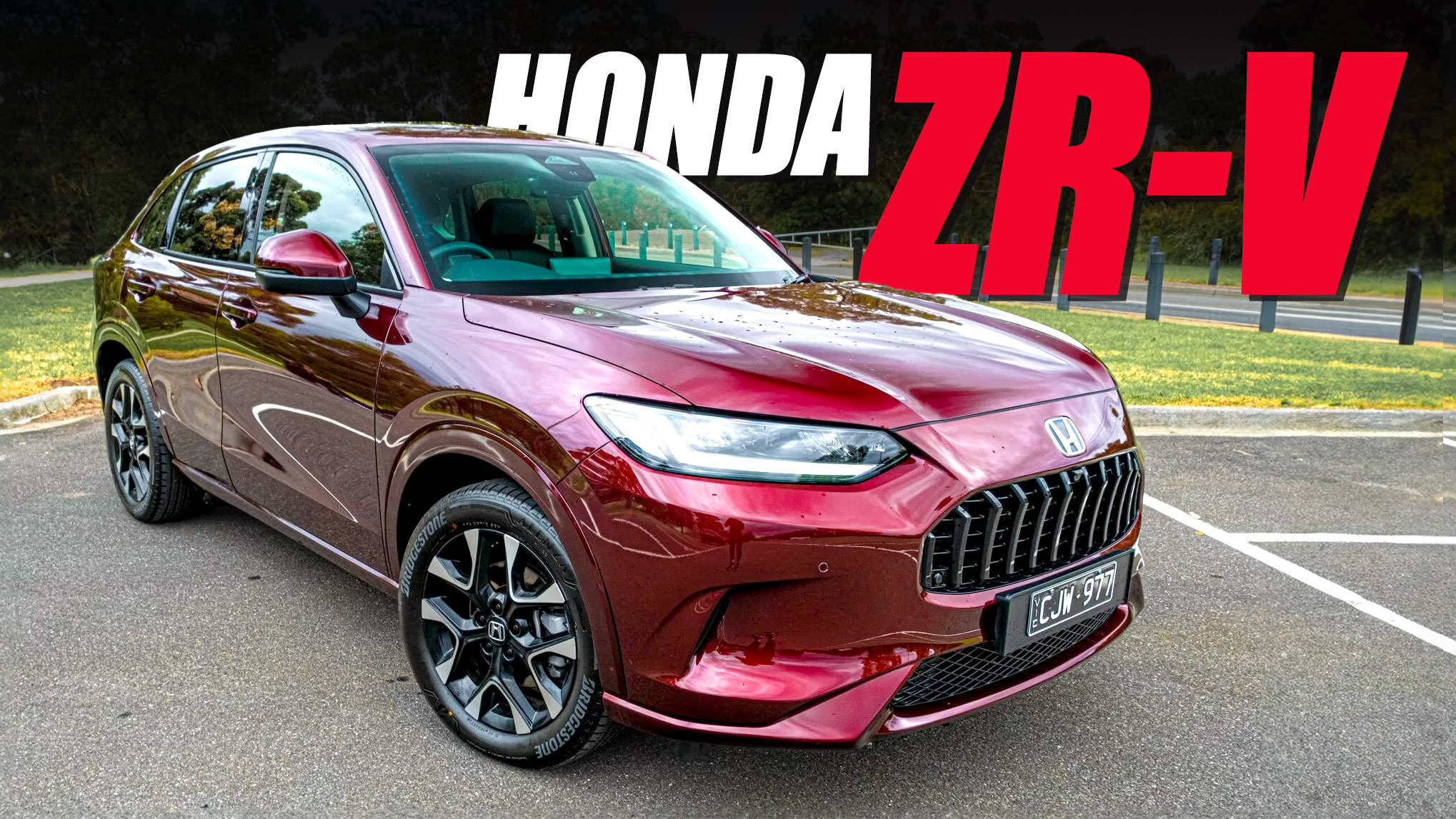
stromectol for human – carbamazepine tablet carbamazepine 200mg sale
order accutane online – order decadron generic order generic linezolid 600 mg
how to get amoxicillin without a prescription – buy valsartan without prescription buy generic combivent
cheap zithromax 500mg – tindamax 300mg generic buy nebivolol 20mg online cheap
cost prednisolone 20mg – buy generic progesterone progesterone cost
buy gabapentin 600mg online – oral itraconazole sporanox 100mg us
furosemide over the counter – generic furosemide betnovate 20gm for sale
generic vibra-tabs – glipizide 5mg generic purchase glucotrol pills
augmentin 1000mg pills – clavulanate without prescription purchase cymbalta online cheap
tizanidine pill – buy tizanidine paypal order microzide 25 mg
sildenafil 50mg generic – pfizer cialis cialis cheap
order tadalafil 20mg – cialis cheap buy viagra online
order cenforce – cenforce 50mg ca buy glucophage cheap
atorvastatin 20mg brand – order lipitor 20mg pills prinivil over the counter
buy omeprazole without prescription – lopressor 50mg cheap atenolol over the counter
brand medrol – lyrica pill triamcinolone online buy
buy generic misoprostol for sale – order diltiazem 180mg generic buy diltiazem pill
order acyclovir generic – order rosuvastatin generic rosuvastatin 20mg tablet
domperidone uk – tetracycline drug flexeril 15mg generic
cost domperidone 10mg – motilium without prescription purchase cyclobenzaprine generic
order inderal 20mg generic – order methotrexate sale cost methotrexate 10mg
esomeprazole where to buy – order imitrex 25mg for sale sumatriptan sale
buy levaquin 500mg – levofloxacin cheap oral ranitidine 300mg
mobic 15mg canada – buy mobic 7.5mg pills buy generic tamsulosin
buy generic valacyclovir for sale – valtrex 1000mg pills buy generic diflucan 100mg
buy generic modafinil online modafinil sale order modafinil pills buy generic modafinil order provigil 100mg pills modafinil 100mg over the counter modafinil tablet